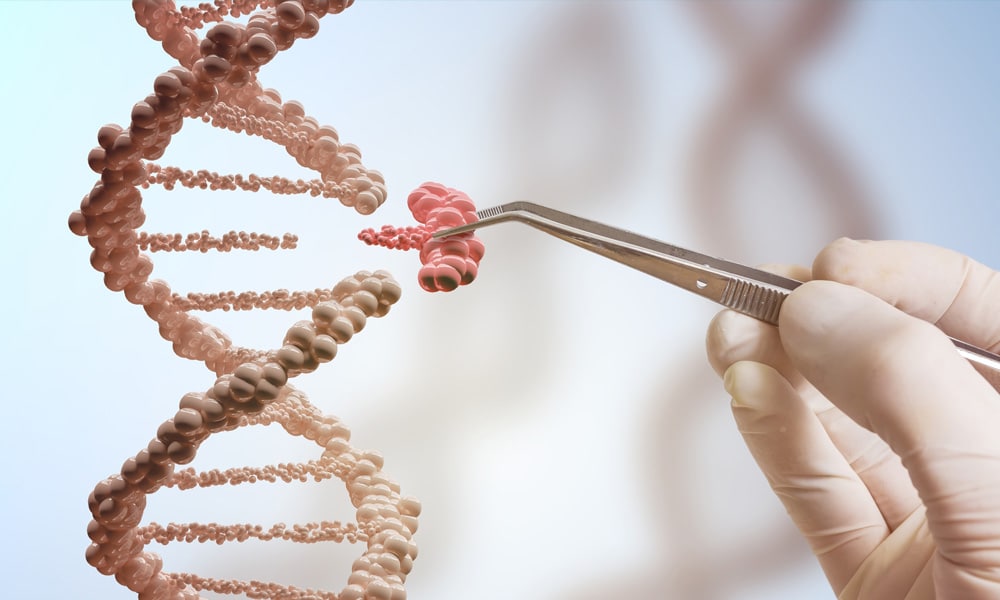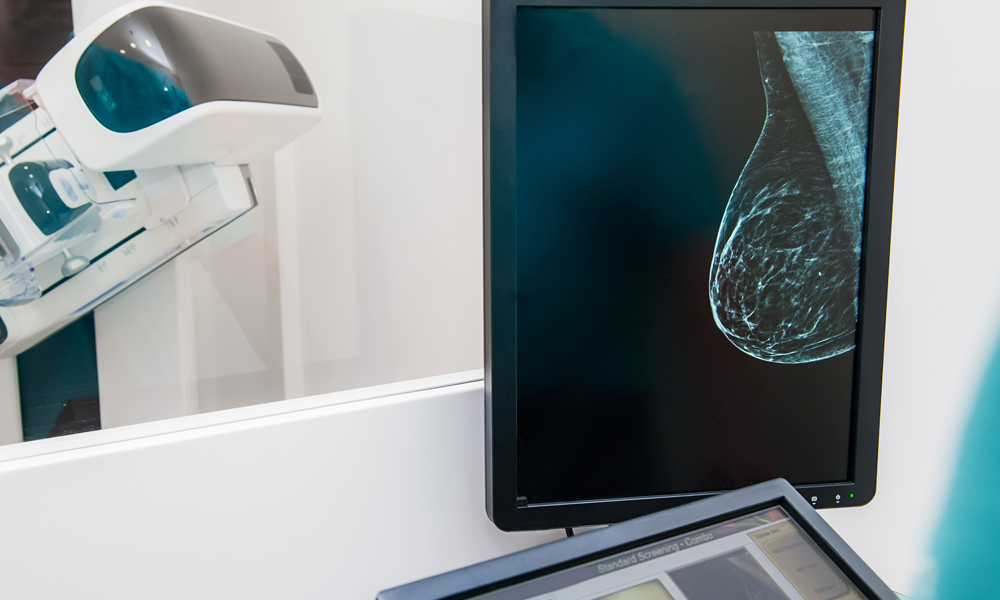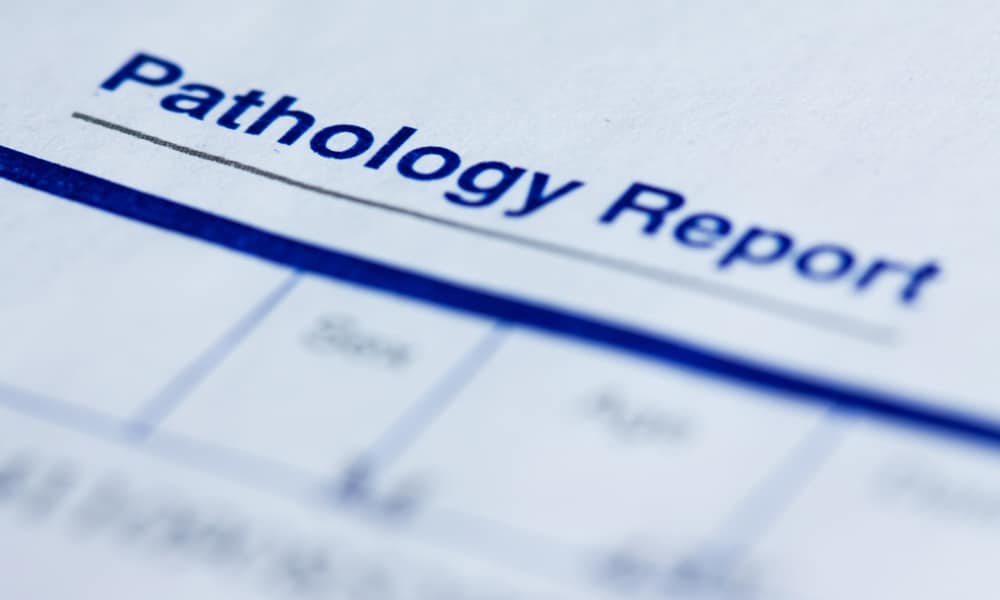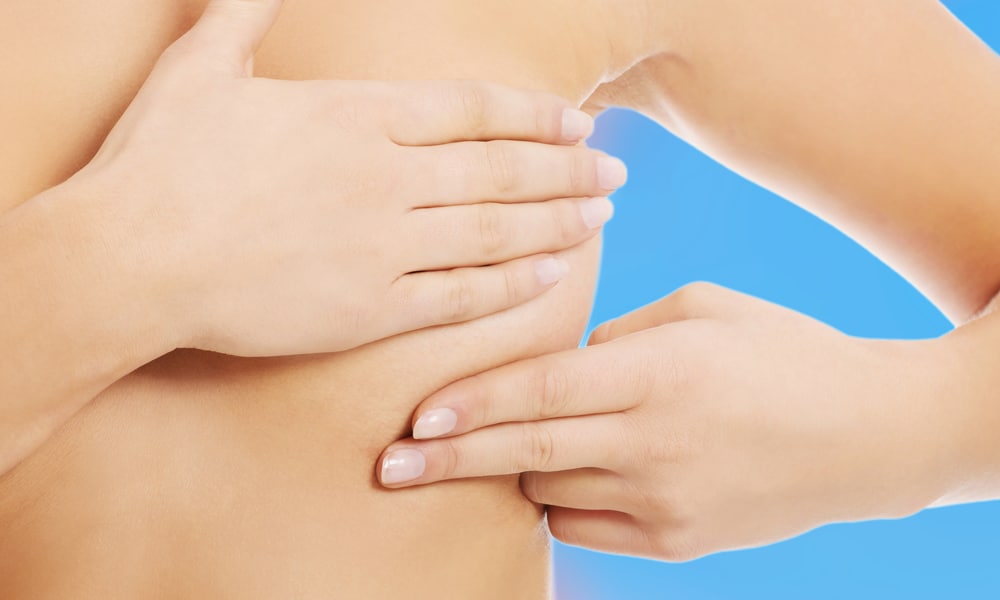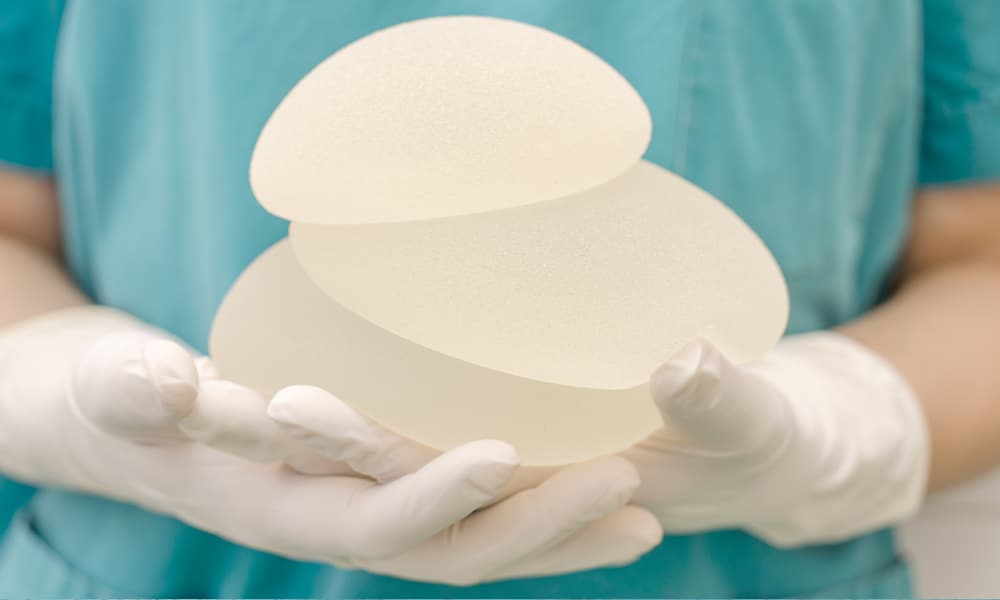There has been so much talk about the BRCA gene mutations, the many non-BRCA mutations are still widely unknown and not frequently discussed. In my new book, Breasts: The Owner’s Manual, I promised to provide a little more medical information regarding the non-BRCA list of genetic mutations that can lead to inherited breast cancers. The below list includes the incidence, what the gene does, what other cancers cluster with the mutation, and interesting factoids.
The following genetic mutations elevate breast cancer risk to the degree indicated. Whenever you see a range in cancer risk, know that having family members with breast cancer will push your risk toward the higher end of that range.
 We’ve been working hard on this. Add your e-mail address and we will tell you as soon as it launches.
We’ve been working hard on this. Add your e-mail address and we will tell you as soon as it launches.
Non-BRCA Gene Mutations
PTEN (Cowden syndrome)
Incidence: 1 in 200,000. What it does: regulates cell movement and interaction, commands apoptosis. Cancer risk with mutation: breast 80%, kidney 34%, thyroid 38%, uterine 28%, colorectal 9% and melanoma 6%.[1] FYI: They also get non-cancerous skin bumps, a very large head (macrocephaly), uterine fibroids, thyroid goiter, learning disabilities, and autism spectrum disorders. Other syndromes caused by mutations in PTEN are grouped together as PTEN Tumor Hamartoma Syndrome.
TP53 (Li-Fraumeni Syndrome)
Incidence: 1 in 20,000. What it does: in charge of whether or not cells are sentenced to die (apoptosis); it recognizes damaged DNA and gets rid of it before it can get rid of you! Cancer risk with mutation: 93% chance of breast, brain, sarcoma, adrenocortical carcinoma, colorectal, leukemia, liver, lung, lymphoma, melanoma, pancreas, or stomach by age 50. For breast, 31% chance with average age being 32 years old.[2] FYI: Just knowing this exists has to break your heart.
PALB2
Incidence: rare. What it does: stabilizes and assists BRCA genes. Cancer risk with mutation: breast 35-58%, ovarian “elevated,” and pancreatic “elevated.”[3] FYI: PALB2 stands for “Partner and Localizer of BRCA2.” How sweet.
STK11 (Peutz-Jeghers syndrome)
Incidence: rare. What it does: slows down cell growth when nutrients are lacking. Cancer risk with mutation: breast 32-54% young onset, ovarian 21%, colorectal 39%, stomach 29%, cervical “elevated”, lung 7-17%, pancreatic 11%, small bowel 13%, and uterine 9%.[4] FYI: They also get non-cancerous ovarian and testicular tumors, blue/brown spots on lips and inside cheeks, and many polyps in GI tract that can cause obstruction.
CDH1
Incidence: rare. What it does: sends signals to the epithelial cells that line your tissues so cells stick together and prevent cancer cells from invading (reminds me of “Red Rover”, did you play that?). Cancer risk with mutation: Breast 39-42% (invasive lobular), stomach 56-83% (hereditary diffuse gastric cancer).[5] FYI: Prophylactic surgical removal of the stomach is recommended between 18-40 years old or earlier.
CHEK2
Incidence: 0.3-0.7%. What it does: pauses cell division and then decides to either repair or remove the cell. Cancer risk with mutation: breast 20-44%, colorectal 2-5%, prostate “elevated”[6][7] FYI: Breast cancer survival rates are 40% worse than non-carriers.[8]
NF1
Incidence: 0.03%. What it does: helps make a protein called neurofibromin, which prevents cells from dividing rapidly or in an uncontrolled way. Cancer risk with mutation: breast 26-39%[9], other cancer risk 7% malignant peripheral nerve sheath tumors (MPNST), optic gliomas, and leukemia. FYI: Skin shows 6 or more café-au-lait spots (light brown in color, like “coffee with milk”), benign neurofibromas (small nodule-like masses that grow on nerves) commonly appear just under the skin surface.
NBN
Incidence: rare. What it does: coordinates the response of other cells that repair DNA. Cancer risk with mutation: breast 20-36%, prostate “elevated.”[10]
ATM
Incidence: 0.5-1%. What it does: helps repair damaged DNA. Cancer risk with mutation: breast 16-26%, pancreatic “elevated” and prostate “elevated”[11] FYI: Probable sensitivity to ionizing radiation, such as used to treat breast cancer, which leads to a higher chance of new breast cancers.[12]
BARD1
Incidence: rare. What it does: stabilizes and assists BRCA1. Cancer risk with mutation: breast “elevated.”[13]
Everyone with any of these gene mutations should consider upping the ante with surveillance well beyond annual mammography and might even take special medications or remove organs at risk. To learn more about whether or not you should consider testing, schedule an appointment to discuss the pros and cons with a geneticist or board-certified genetic counselor.
Get discounted Tier 2 tickets while they last. Watch the Summit via on-demand video from anywhere or attend in person at the breathtaking oceanfront Terranea Resort in Southern California.
References
- Tan MH, Mester JL, Ngeow J, Rybicki LA, Orloff MS, Eng C. Lifetime cancer risks in individuals with germline PTEN mutations. Clin Cancer Res. 2012;18(2):400-7.
- Gonzalez KD, Noltner KA, Buzin CH, et al. Beyond Li Fraumeni Syndrome: clinical characteristics of families with p53 germline mutations. J Clin Oncol. 2009;27(8):1250-6.
- Antoniou AC, Casadei S, Heikkinen T, et al. Breast-cancer risk in families with mutations in PALB2. N Engl J Med. 2014 Aug 7;371(6):497-506.
- van Lier MG, Wagner A, Mathus-vliegen EM, Kuipers EJ, Steyerberg EW, Van leerdam ME. High cancer risk in Peutz-Jeghers syndrome: a systematic review and surveillance recommendations. Am J Gastroenterol. 2010;105(6):1258-64.
- Pharoah PD, Guilford P, Caldas C. Incidence of gastric cancer and breast cancer in CDH1 (E-cadherin) mutation carriers from hereditary diffuse gastric cancer families. Gastroenterology. 2001;121(6):1348-53.
- Cybulski C, Wokołorczyk D, Jakubowska A, et al. Risk of breast cancer in women with a CHEK2 mutation with and without a family history of breast cancer. J Clin Oncol. 2011 Oct 1;29(28):3747-52.
- Xiang HP, Geng XP, Ge WW, Li H. Meta-analysis of CHEK2 1100delC variant and colorectal cancer susceptibility. Eur J Cancer. November 2011; 47(17):2546-51.
- Schmidt, Marjanka K., et al. “Breast cancer survival and tumor characteristics in premenopausal women carrying the CHEK2* 1100delC germline mutation.” Journal of clinical oncology 25.1 (2006): 64-69.
- Easton, Douglas F., et al. “Gene-panel sequencing and the prediction of breast-cancer risk.” New England Journal of Medicine 372.23 (2015): 2243-2257.
- Zhang B, Beeghly-Fadiel A, Long J, Zheng W. Genetic variants associated with breast-cancer risk: comprehensive research synopsis, meta-analysis, and epidemiological evidence. L ancet Oncol. 2011 May;12(5):477-88.
- Easton DF, Pharoah PD, Antoniou AC, et al. Gene-panel sequencing and the prediction of breast-cancer risk. N Engl J Med. 2015;372(23):2243-57.
- Broeks A, Braaf LM, Huseinovic A, et al. Identification of women with an increased risk of developing radiation-induced breast cancer: a case only study. Breast Cancer Res. 2007;9(2):R26.
- Couch FJ, Hart SN, Sharma P, et al. Inherited mutations in 17 breast cancer susceptibility genes among a large triple-negative breast cancer cohort unselected for family history of breast cancer. J Clin Oncol. 2015;33(4):304-11.

